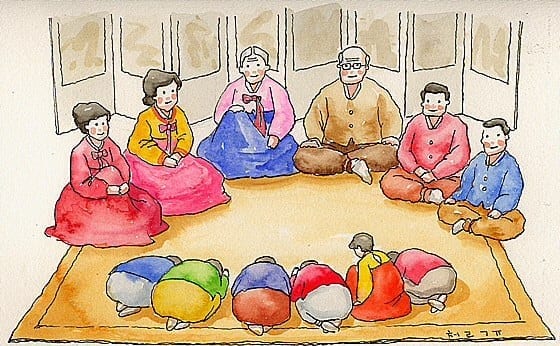Lunar New Year — Seollal (설날) in Korean — is one of South Korea’s most significant holidays. Upwards of 36 million Koreans travel on the peninsula to visit relatives during the holiday period, but foreigners might not be aware of Seollal’s origins and significance, so the 10 Mag Team is here to explain the Korean Lunar New Year.
When is Seollal 2022?
Seollal falls on Tuesday, February 1st 2022 with January 31st and February 2nd also part of the official holiday.
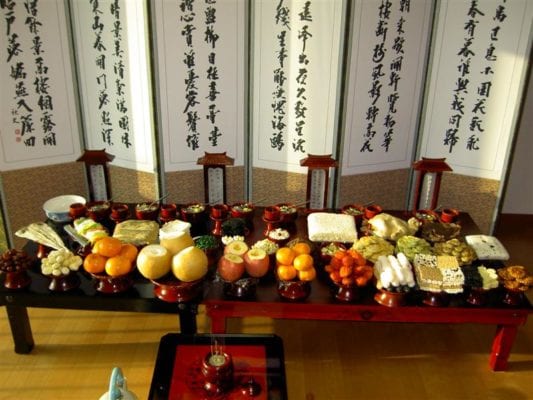
What is Seollal?
Seollal is a cultural holiday rooted in Confucianism that is celebrated on the first day of Korea’s lunar calendar.
South Korean Lunar New Year
The Book of Sui and Book of Tang are early recorded histories of The Silla Kingdom (BC 57-935 AD) that include Seollal celebrations. Later on, Joseon Dynasty (1392-1897) notes have government officials gathering in five grand palaces to celebrate the Lunar New Year.
Seollal is a unique Korean tradition, influenced by China, that is based on the lunar cycle. Each year represents a different animal with the cycle repeated every 12 years and classified by animal: rat, ox, tiger, rabbit, dragon, snake, horse, sheep, monkey, rooster, dog, and pig. The order of animals is said to represent the sequence in which they were invited to visit Buddha.
Koreans believe that the animal represented in the year in which someone is born will attribute certain qualities to that person. Some parents even plan to bear a child within a specific [lunar] year in order to match a desired zodiac animal.
Seollal Traditions
Seollal has numerous traditions and customs, with a large number of Koreans traveling to their hometowns (or those of their fathers), which are often outside of the Seoul Metropolitan Area (SMA), to visit their parents and other relatives. Korea traditions hold such annual visits as being important and respectful as part of filial piety duties.
On the first day of Seollal, Koreans perform ancestral rituals called charye (차례). During the ritual, they pay respect towards their ancestors by placing food in front of pictures or names of deceased relatives. Many will don traditional Korean clothing (hanbok (한복) during these rituals, during which they bow and offer ancestors traditional Korean rice wine makgeolli (막걸리).
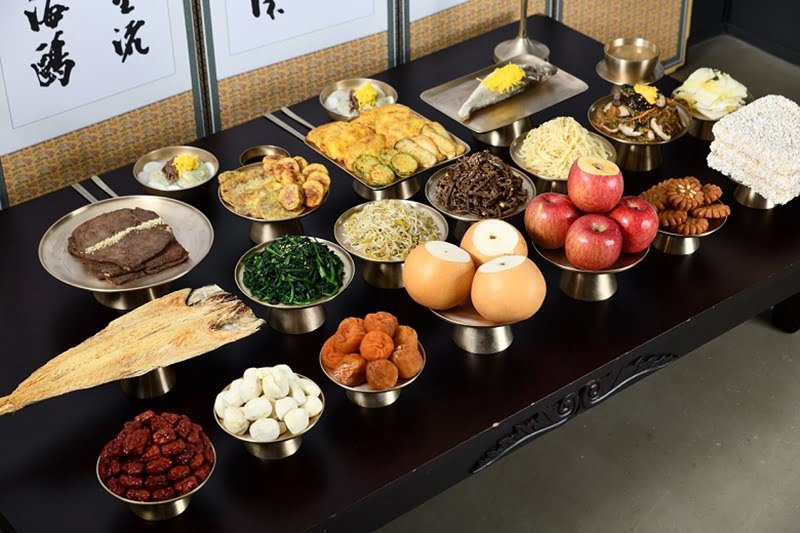
Source
After charye, sebae (세배) rituals take place with younger relatives bowing to their elders while saying “saehae bok mani badeuseyo (새해 복 많이 받으세요), which is often translated as “Happy New Year!”, but is literally “please receive good fortunes for this new year.” After performing rituals, the youths are often given pocket money (sebaetdon – 세뱃돈) and short words of wisdom deokdam (덕담).
Traditional Seollal Foods
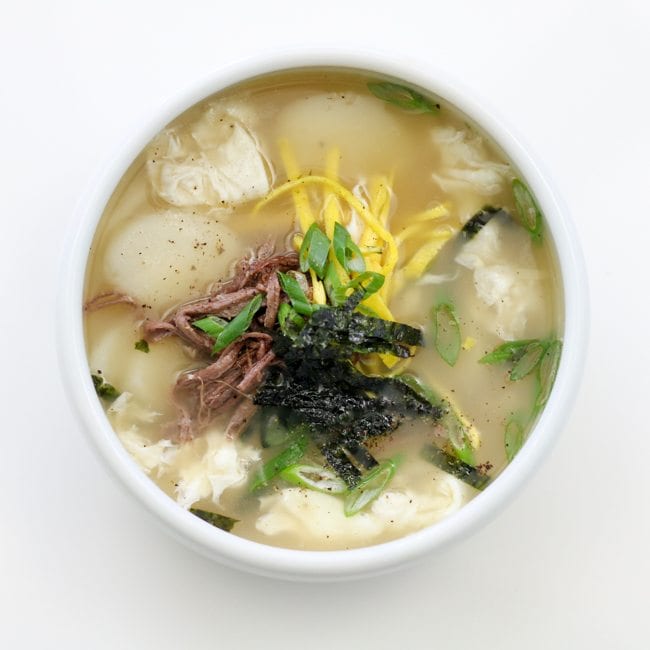
Source
Tteok-guk (떡국) is traditional Korean rice cake soup eaten by many on Seollal with lore saying its consumption makes you one year older. Other popular foods during Korean Lunar New Year inlcude Jeon (전) and buchimgae (부침개), which are savory pancakes made with green onions and other vegetables.
Traditional Seollal Games
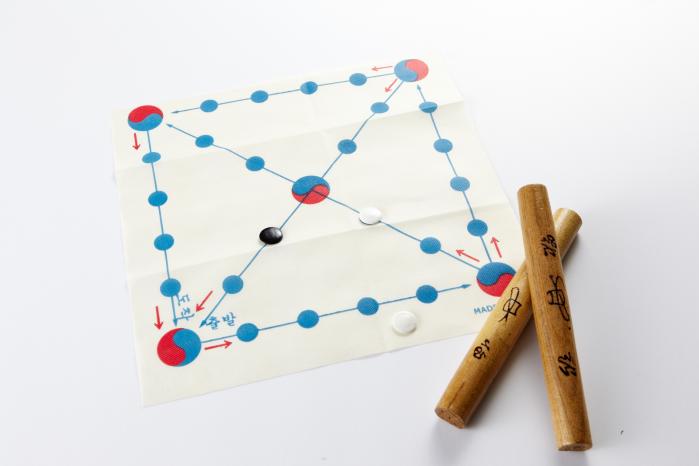
Traditional Seollal games include yut nori (윷놀이), which is played with special sticks tossed in the air that reveal results after coming to rest on the ground or floor. In addition, yeon nalligi (연날리기) and jegi chagi (제기차기) are leisure games played with kites and lightweight objects wrapped in paper.
Seollal 2022
Seollal 2022 will be quite expensive for some South Koreans who have to deal with travel, gifts, traditional food, fruit, and alcohol along with straight up cash handouts. As such, many Koreans are trending to a more individualistic Lunar New Year celebration to cut expenditures and focus on quality time.


